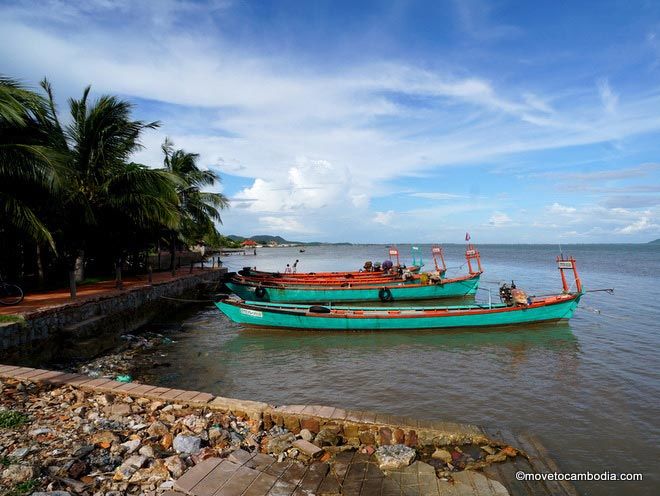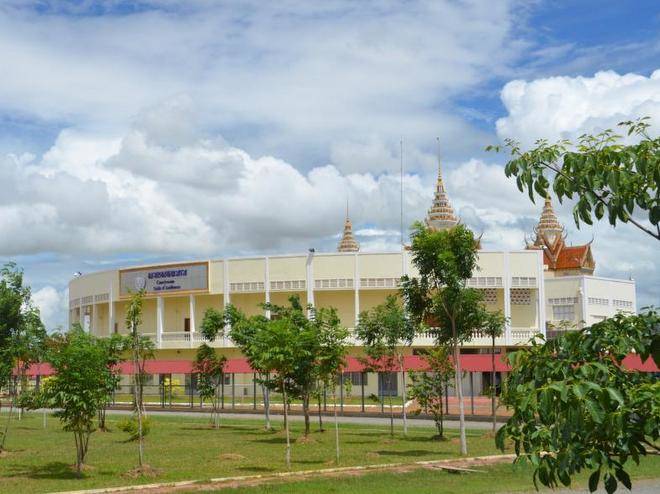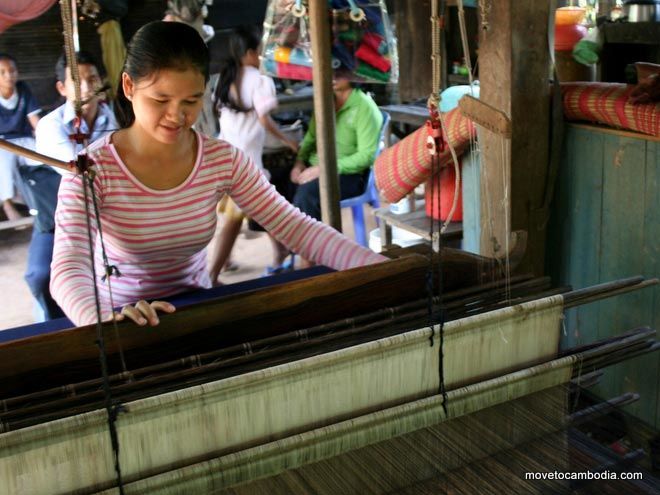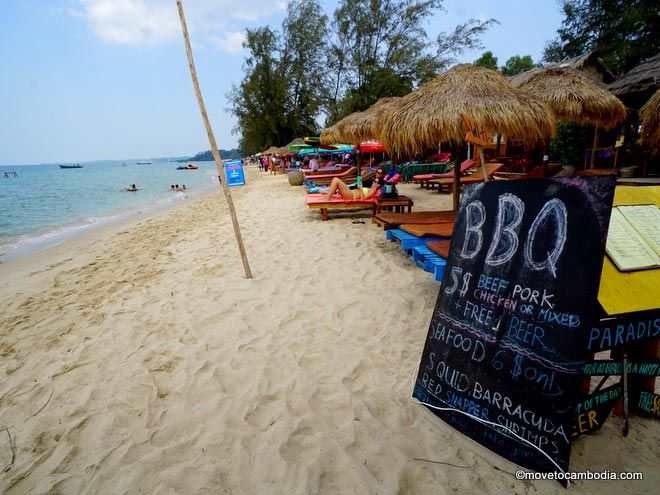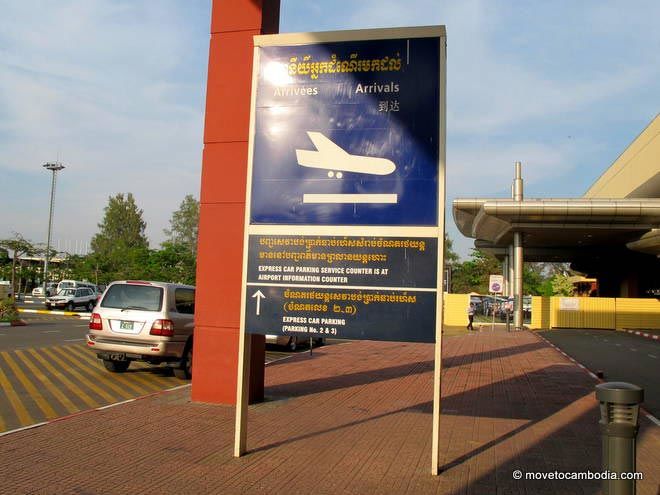Not too long ago, getting from Phnom Penh to Kampot by bus was a complete headache. Buses detoured to stop in Kep on their way to Kampot, making the trip closer to five hours long. Now, though, there are direct mini-buses from Phnom Penh to Kampot that make the trip in around three hours, and taxis are even faster.

Going from Phnom Penh to Kampot? Here’s how to get there.
Taxi
You can get a taxi from Phnom Penh to Kampot for between $35 and $50, although the prices can rise during public holidays (and that not so public holiday, Chinese New Year). Taxis are generally very clean Toyota Camrys that can seat four passengers. However, most have very little room for baggage, so if you have a lot of baggage, you may want to look into getting a van. Taxi drivers like to affirm their existence by driving as fast as possible and you’ll be able to make the trip in less than three hours. You can book a taxi online in advance, or at any travel agent or guesthouse in Phnom Penh or Kampot, although they will add a surcharge. Larger CRV or SUV taxis cost around $60. They seat four passengers more comfortably than the regular taxis. Continue reading
